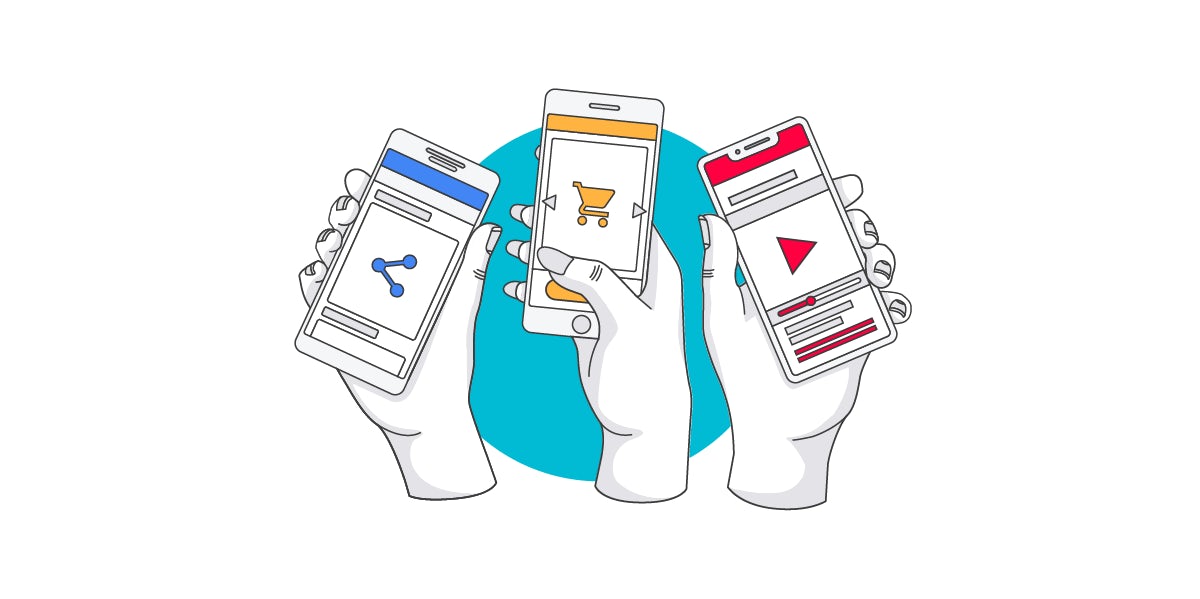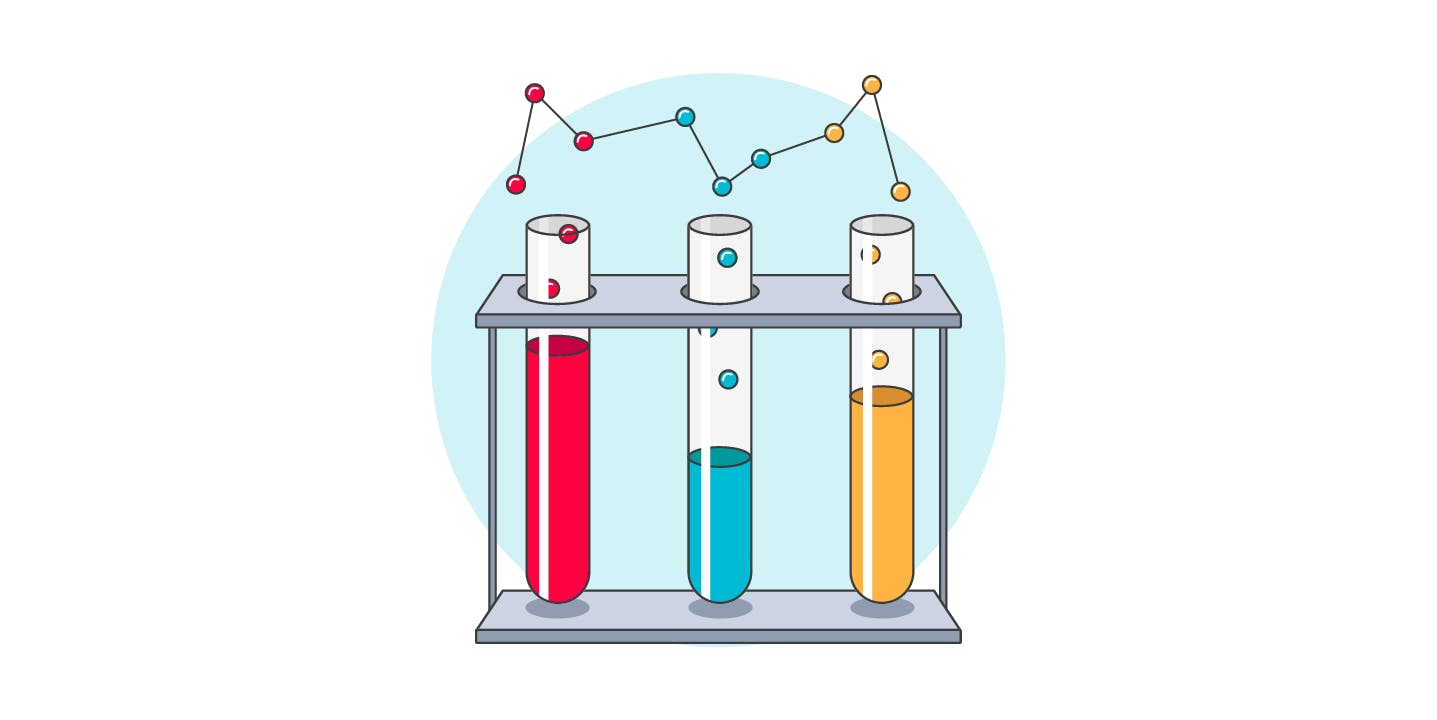Customer insights don’t just happen, they need businesses to commit to a process, technology and behavioural change.
This article will unpack a seven-step plan for leveraging data to discover new audience insights that both inform customer acquisition and retention strategy, and also re-focus activation around the customer segments most likely to convert for a business.
Every company is committed to growth but one of the greatest ironies in the modern economy is that the roadmap to achieving growth generally exists inside the first-party data a business collects, but that is often inaccessible as a result of silos or legacy technology.
Great customer experience can only be delivered where data feeds the way that marketing efforts are built.
All organisations are of course fully aware of this. Without an effective data and technology strategy in place, though, the true value of the information a company is sitting on will remain untapped.
Data provides the answers to where to find the growth that all businesses desperately seek.
To put a winning data strategy in place, there are seven steps to creating a virtuous circle of customer insights.
1. Assess
The first stage in refining a data strategy is to ask the simple question of where an organisation is currently. The current level of maturity can be discerned by what the business is able to actually do with data.
A mature organisation will be able to gain, and act on, advanced customer insights gleaned from multiple first, second and third-party sources, both online and offline. They will also have an end-to-end strategy for combining CRM, their ad tech and martech strategy plus either a DMP (Data Management Platform) or CDP (Customer Data Platform) to tailor media and messaging dynamically to segmented audiences.
CDP Best Practice Guide
Conversely, a less mature organisation will likely be struggling to generate meaningful audience insights. There will be multiple data sources involved that do not talk to each other or a significant gap in the data being collected (often the case where there is not a direct to consumer proposition) meaning customer segmentation is unsophisticated and targeting is overly reliant on the 3rd party data of others.
In a post GDPR world in Europe, where 3rd party data is on its way out, and with an increasingly addressable media landscape, it is critical that all brands are thinking about how to own, build and activate their own data-driven customer segments.

2. Plan
Once a business has established where it is in terms of data maturity, it can plan to improve its capabilities.
This involves asking some fundamental questions about what needs to be achieved, how well the business currently knows its customers and what level of understanding it wants to get to.
Questions around which data sources the business wants to work with will arise. Is first party enough? Are their gaps in the data? Are first-party and second-party data sources required? Would combining offline and online data be valuable?
Which platform(s) are needed to allow these data sources to be captured, stored, managed, analysed and turned into insight and activation segments? The answer will depend on how deeply the business wants to dive into building customer models and extending its audience segments through identifying ‘look-a-like’ customers.
Taking it a step further, does the organisation want to start propensity modelling, so it can get better at predicting which customers and prospects are most likely to convert or most likely to have a higher lifetime value?
Crucial questions at this stage include how to move forwards in a privacy compliant manner and what governance is required internally.
3. Capture
Data will be accessible in a wide variety of first, second- and third-party sources. The mix will depend on how much data the brand is able to glean direct from consumers and how much is brought in through partners.
How often will data be updated and refreshed is key at this stage as is what data is needed to generate the right outputs for insight or measurement.
Compliance is a must as we approach 2020, so it is essential that where third-party data is on-boarded that the PII (personally identifiable information) elements are removed and that data is anonymised.
First party data that is essential to building up a detailed view of the customer will include transactional information, loyalty cards, demographics and surveys. These could also arrive in the form of third party data and be combined with outside sources of data, such as weather and location.
The key is to be clear on what each type of data is most useful for. Transactional data might be best suited to attribution, loyalty information might be used to inform the performance of individual stores and surveys will give a steer on brand health.

Customer Lifetime Value report
4. Enhance
Very few organisations will have all the data they need to understand customers well enough to build highly defined audience segments. The key, then, is to create strategies to on-board more first-party data and to enrich this with second- and third-party sources.
Many FMCG brands, who do not generally enjoy direct to consumer relationships, are exploring building digital products such as loyalty programmes or apps with useful content to collect more first-party data.
As an example of enriching with second- and third-party data, the behavioural insights a business has from on-site customer activities can be combined with online and offline purchasing data and then enriched through demographics and lifestyle signals from third party sources.
During this phase, data cleansing is critical. Data is only valuable if it helps move the dial on your understanding of customers or to help facilitate more meaningful targeting or engagement.
5. Manage
Enhanced data counts for little until it is properly organised and managed. The first step is to unify and centralise information to gain a single view of the customer.
Good management of data allows a business to segment its customer base and build propensity models.Crucially, managing data properly will allow an organisation to apply suppression modelling to identify the groups that are unlikely to convert. This is as important and yet is often over-looked, allowing budget to be focused on prime prospects and saving funds by minimising wastage against groups who have a lower propensity to buy.
6. Activate
Organising your data as detailed above, building “addressable” customer segments and propensity models puts a business in a great position to activate campaigns. At this stage the crucial aspect is to think about how the data helps inform the right message, right place and right time in harmony. This essentially means using the data to personalise messaging across channel, devices, location etc.
Campaigns can then be optimised by understanding who has engaged with the brand on which devices and channels and how recent those interactions were and where. This will inform which prospects and customers are looking likely to convert and whether they should be targeted cross-device, perhaps to turn a message delivered on desktop built upon through mobile where a consumer is potentially better placed to convert.

7. Learn
Effective data strategies never stand still, so there should be a constant flow of fresh insight back in to the 360-degree view of each customer. Prospect information living in a DMP or CDP should therefore always be up to date, such as whether a purchase has been made, what the product and service purchased was, at which location (if in-store) and for what value.
This may then alter which customer segment that prospect or customer now best fits in, perhaps shifting them from a prospect to a person who will be considering an upgrade in a year’s time. Critically, this data footprint can also inform how best to engage existing customers to avoid churn, essentially transforming media into CRM.
Any engagement detected for a particular message can be used to attribute success to that campaign, so marketers can establish which tactics work best with different customer segments. With this structure, it becomes very easy to run experiments and test “control” vs “exposed” groups to assess where true incremental revenue is created.
This helps immensely for future optimisation, allowing brands to establish through which medium and on which device each segment is engaging with its content. Each type of customer may be interested in specific content, and that will inform where future campaigns should focus and how to build dynamic messaging that matches the media.
Combined with multi-touch attribution modelling, rich insights can be generated which enable a brand to plan marketing activity with high confidence levels of the ROI that will be generated.
In summary
In summary, data driven strategies can deliver transformational results for brands by fine tuning where funds are spent to acquire, retain or win back customers. When the right data is captured, enhanced and “activation ready” both the effectiveness and efficiency of activity is improved.
Critically, the right processes, systems and governance enable enlightened brands to use this model to inform how they best deliver a meaningful customer experience across not just advertising but loyalty, on-site and in-store.
Working Effectively with Data Teams – Best Practice Guide







